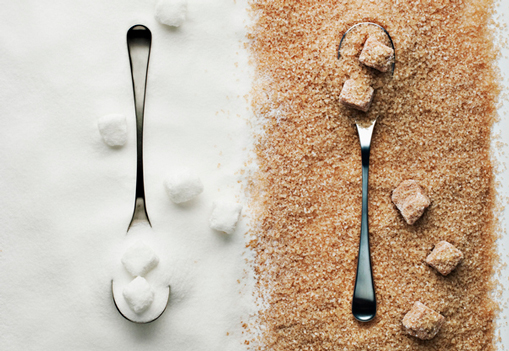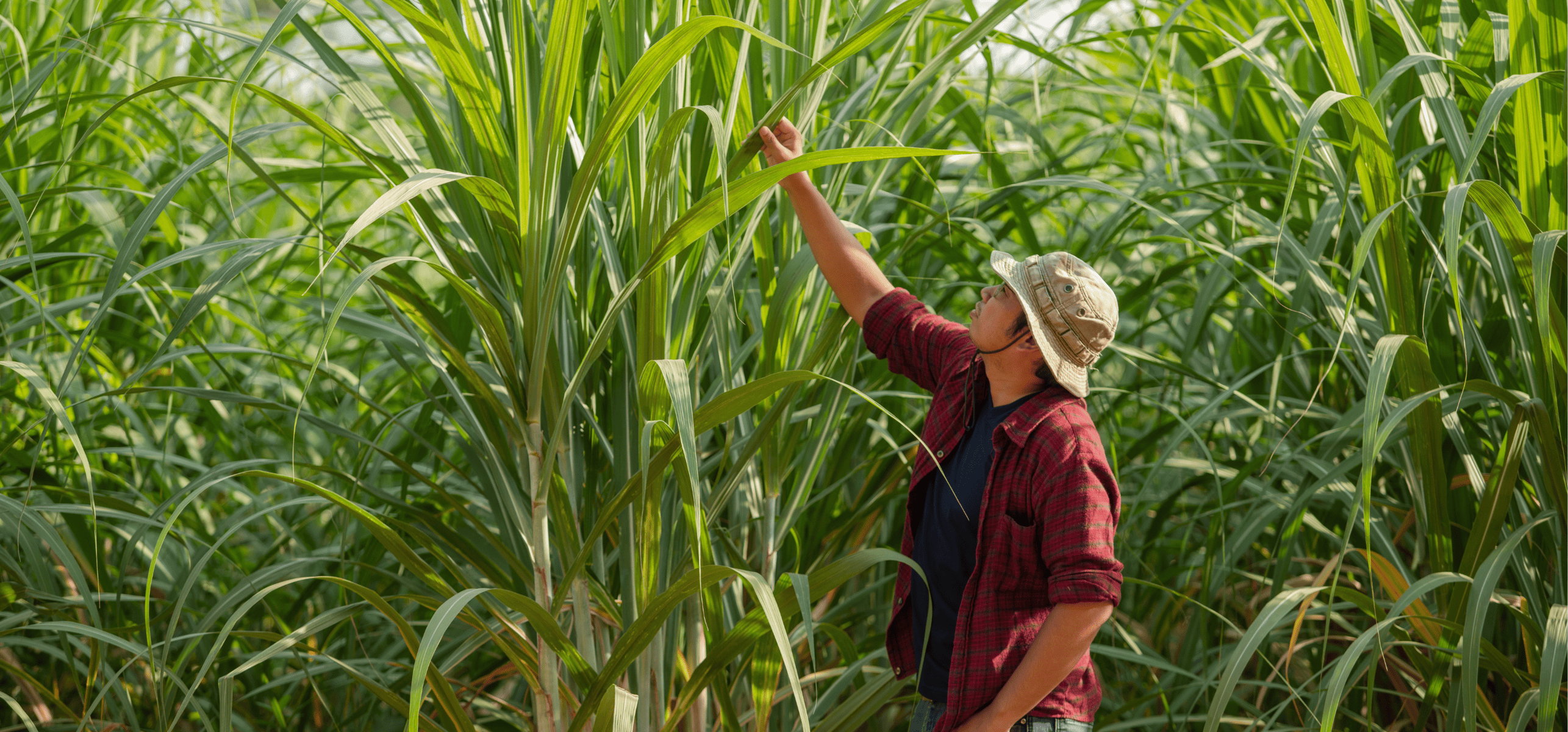The Trip of Sugarcane: From Harvest to Everyday Products
The journey of sugarcane is a diverse procedure that starts with meticulous cultivation and finishes in a range of products that penetrate our lives. From the minute the walking canes are harvested at their optimal sucrose degrees, they undertake a series of complex actions, including cleaning, crushing, and explanation. These procedures not just produce sugar yet also unlock a series of by-products, such as ethanol and naturally degradable product packaging products. As we check out the different facets of sugarcane's journey, its duty in sustainability and the more comprehensive effects for our atmosphere entered into sharper focus. What lies past the sweet surface?
Cultivation of Sugarcane
The farming of sugarcane is a vital farming process that needs particular ecological conditions and management methods. Optimal development occurs in exotic and subtropical regions where temperature levels range in between 20 ° C and 32 ° C. Adequate rainfall or irrigation is important, as sugarcane grows in moist dirt with well-drained conditions (sugarcane product). Dirt high quality dramatically influences return; thus, farmers typically conduct soil tests to establish nutrient requirements
This method helps with reliable harvesting and makes best use of sunlight exposure. Crop rotation and intercropping are suggested techniques to boost dirt fertility and reduce pest infestations.
Fertilization is an additional critical aspect, with phosphorus, potassium, and nitrogen being the key nutrients needed for ideal growth. Timely application of these plant foods can dramatically boost sugar returns. Additionally, checking for conditions and bugs throughout the growing season is vital, as these elements can adversely affect crop health and performance. Generally, successful sugarcane cultivation rests on a combination of ecological stewardship, critical preparation, and ongoing management techniques.
Collecting Methods
Successful sugarcane growing finishes in the gathering stage, which is essential for taking full advantage of return and making sure quality. The timing of the harvest is vital; sugarcane is generally collected when sucrose levels height, usually in between 10 to 18 months after growing. This period differs based upon climate, dirt kind, and sugarcane variety.
Gathering strategies can be extensively classified into handbook and mechanical approaches. Manual harvesting is labor-intensive, depending on experienced employees who use machetes to reduce the stalks close to the ground. This technique permits selective harvesting, where only the ripest walking sticks are picked, thus boosting overall sugar material.
On the other hand, mechanical harvesting has actually gained popularity because of its performance and cost-effectiveness. Specialized harvesters geared up with reducing blades and conveyor systems can refine huge locations quickly, considerably minimizing labor prices. However, this method may cause the addition of premature walking canes and a possible decline in sugar quality.

No matter the approach used, guaranteeing that collected walking sticks are moved swiftly to processing facilities is important. Prompt handling minimizes perishing and maintains the stability of the sugarcane, setting the stage for optimum handling.
Processing Methods
Handling sugarcane entails a number of vital steps that transform the collected stalks into usable items, mostly sugar and molasses. The preliminary phase is cleaning the walking stick to get rid of soil and debris, adhered to by the extraction of juice through squashing or milling. This process generally uses hefty rollers that damage the cane fibers to launch the wonderful fluid consisted of within.
When the juice is removed, it goes through information, where pollutants such as dirt bits and bagasse are removed. This is commonly accomplished by including lime and heating up the juice, permitting sedimentation. The made clear juice is then focused with dissipation, where water content is lowered, resulting in a thick syrup.

Ultimately, the processing of sugarcane not only produces sugar and molasses however also prepares for numerous derivatives, which will be discovered in subsequent discussions.
Products Derived From Sugarcane
Sugarcane is a versatile crop that produces a wide range of items past simply sugar and molasses. Among the main spin-offs are ethanol and biofuels, which have link obtained prominence as sustainable power resources. Ethanol, generated through the fermentation of sugarcane juice, acts as an alternate to fossil gas and is commonly blended with gasoline to produce cleaner-burning fuels, minimizing greenhouse gas exhausts.
In addition, sugarcane is a significant source of bagasse, the fibrous residue remaining after juice extraction. Bagasse is used in numerous applications, including the production of paper, biodegradable packaging, and as a biomass gas for energy generation. Its use not only reduces waste but additionally boosts the sustainability of sugarcane handling.
Moreover, sugarcane-derived items prolong to the food market, where it works as an all-natural flavor agent and sweetener in various cooking applications. In the realm of cosmetics, sugarcane extracts are included right into skincare products because of their natural exfoliating homes.
Environmental Impact and Sustainability
The blog here farming and handling of sugarcane have substantial ramifications for environmental sustainability. This plant needs substantial water sources, commonly causing depletion of neighborhood water products and affecting surrounding environments. In addition, making use of fertilizers and chemicals in sugarcane farming can lead to dirt degradation and waterway contamination, posing threats to biodiversity.

Lasting sugarcane farming also promotes dirt health through plant rotation and news minimized husbandry, enhancing carbon sequestration. The adoption of these methods not just supports environmental stability yet also enhances the strength of farming communities against environment adjustment.
Conclusion
In summary, the journey of sugarcane includes numerous phases from cultivation to processing, eventually causing a wide range of items. The relevance of sugarcane expands past plain sugar, contributing to renewable energy through ethanol production, sustainable packaging by means of bagasse, and all-natural removes for cosmetics. This complex plant plays a crucial role in both dietary enrichment and ecological sustainability, highlighting its relevance in modern farming and commercial techniques.
Effective sugarcane farming finishes in the gathering phase, which is essential for making best use of return and ensuring high quality. The timing of the harvest is critical; sugarcane is typically collected when sucrose degrees optimal, generally in between 10 to 18 months after planting.Processing sugarcane involves several essential actions that change the harvested stalks into useful items, mostly sugar and molasses.Sugarcane is a flexible crop that yields a vast array of items beyond simply sugar and molasses. Additionally, the use of fertilizers and chemicals in sugarcane farming can result in dirt deterioration and river air pollution, posturing dangers to biodiversity.